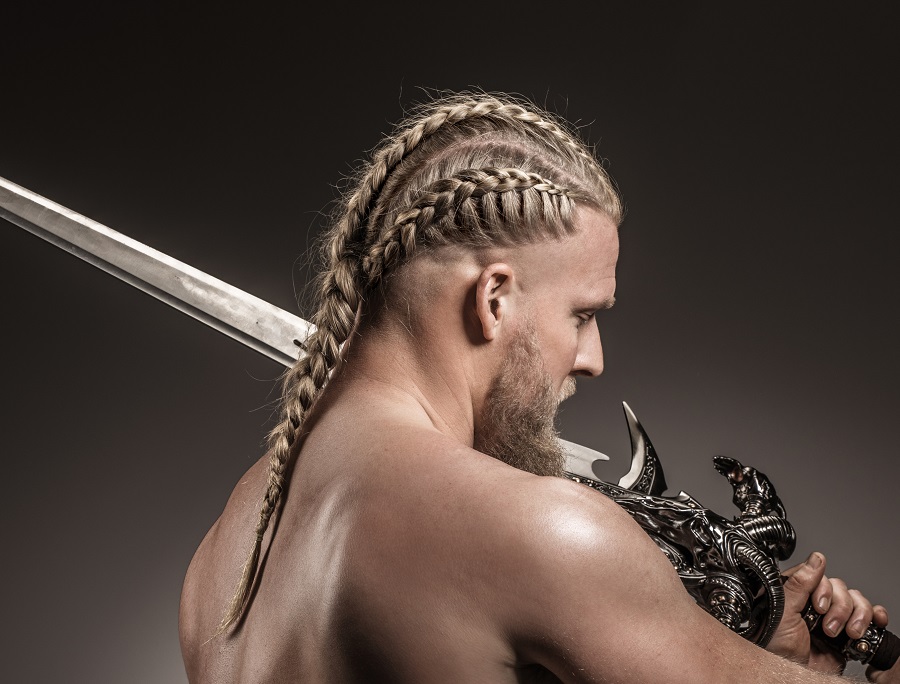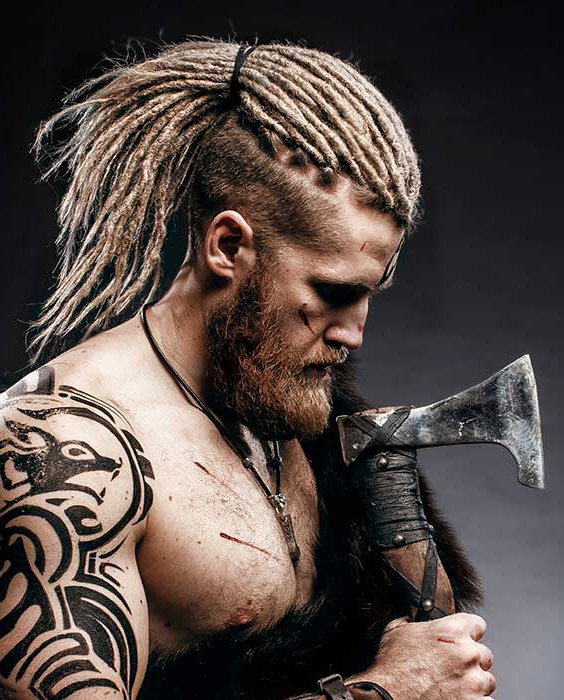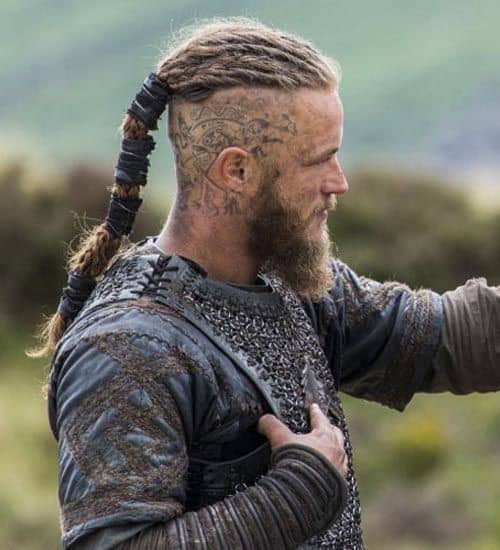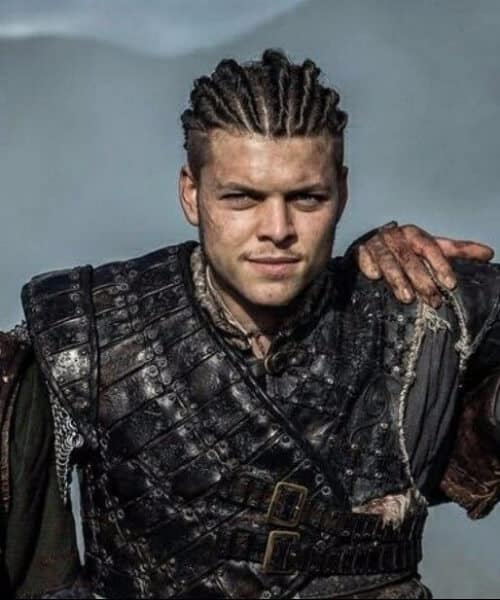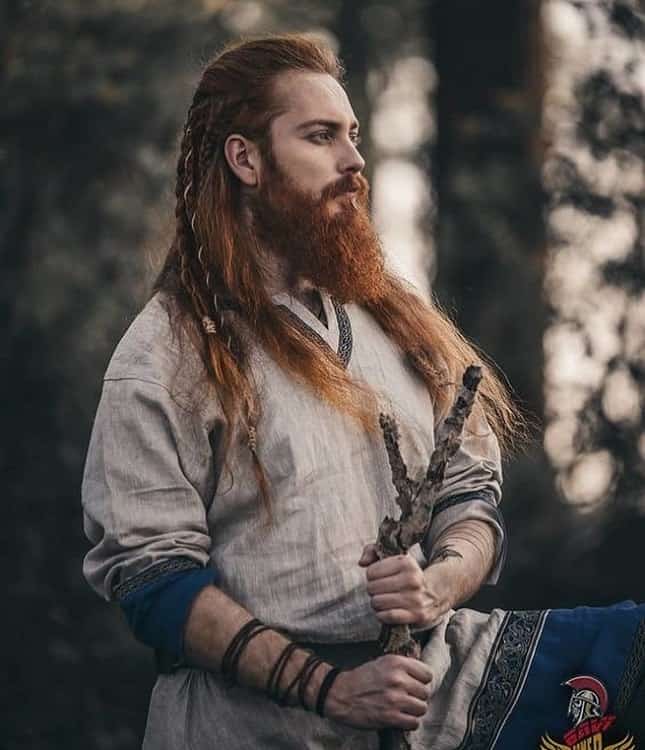Wonderful Tips About Did Male Vikings Braid Their Hair Curly Arab Hairstyles
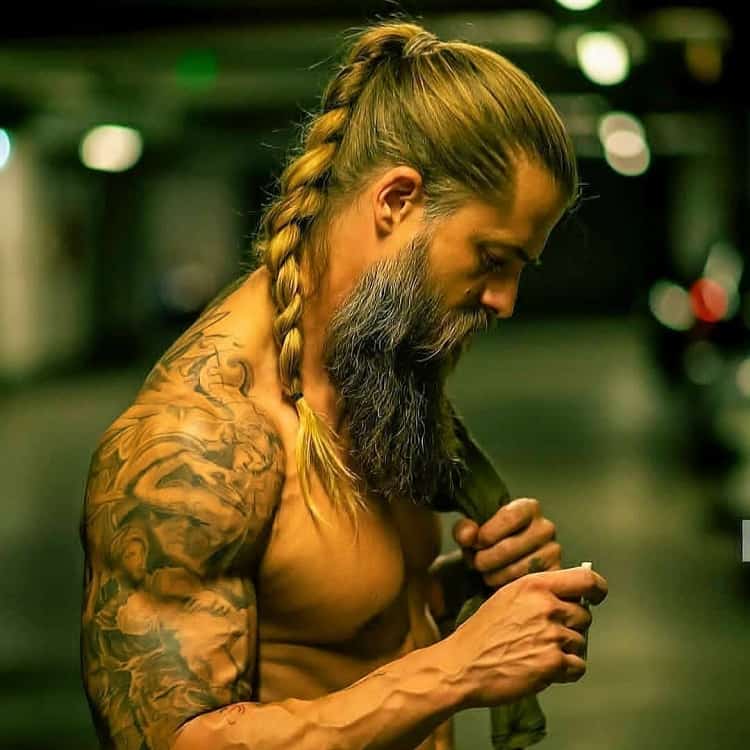
In this guide, we will show you exactly how to do viking braids and give you some style inspiration at the end.
Did male vikings braid their hair. Uncover the truth about viking braids. Ancient hair braiding was an essential part of norse culture and was seen as a sign of respect and dignity.
By examining statues and texts discovered from the viking era, it appears that most norse warriors wore their hair short, making braids fairly uncommon. Find out if vikings had braided hair, as well as how to do viking braids for short hair, for females, and male viking hair braids. Long hair was a symbol of wealth and power during the viking age.
Multiple braids were also popular, with two braids being a common style for warriors heading into battle. While viking beards and braids were certainly iconic, the vikings had a holistic approach to grooming that extended beyond their hair. What is the significance of viking braids?
Here we see a wide range of hair styles and beard grooming, as men tried to set themselves apart from each other and boast their status and worth. For example, certain viking men often wore their hair at shoulder length, and their haircuts likely differed between social classes. Viking men commonly wore long and braided beards, which added to their fierce appearance and symbolized their warrior status.
They braided their hair and wore it in the danish fashion, which was one of a cleanly shaven and bare neck, leaving the length of the vikings hair to be knotted above the hairline, or tossed gracefully forward, ‘blinding’ the eyes. The viking men wore long, tight hair to keep it out of their eyes while on campaign or raiding. Other hairstyles existed in norse culture.
Quick insights on whether vikings truly adorned their hair with braids and their cultural and historical context. Many viking men sported a hairstyle known today as a “reverse mullet,” whereby hair was allowed to grow long in the front but was cut short or even shaved in the back of the head. A brief overview of the archaeological, literary, and art historical evidence regarding viking age hairstyles, haircare and personal grooming for men and women.
Men wore their hair in beautiful ringlets or braids that hung down their back or front, with locks hanging over one eye. 2000 years ago, but we don't have enough indigenous sources concerning the contunuing trend of this hair style during the viking age itself. They symbolized societal status, and distinct designs emerged for both genders.
For women, the most common coiffure was a long ponytail, coiled into a knot close to the head, sometimes called the 'irish ribbon knot' (hedeager 2015. The short answer is yes, though they might not have looked exactly as they do on today’s actors. Proud as viking women were of their locks, it was viking men that were the most preoccupied with hair.
In fact, not only did vikings commit to keeping their hair clean, but they regularly groomed themselves with razors and combs too, to ensure they could preserve their unique image. Del campo said — when patients apply it at least daily and preferably twice a day. Viking women typically had long hair that may have been braided or tied in buns while daily tasks were being performed.
Many of your favorite hairstyles, such as man buns, undercuts, and untidy beards, are inspired by stylish men’s viking braids hairstyles from the past. Men often wore their hair in a simple, untamed style, while women created intricate braids, often adorned with jewelry or beads. Braided hairstyles were highly significant in viking culture, representing strength and displaying one’s prowess as a warrior.






